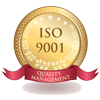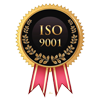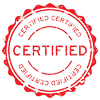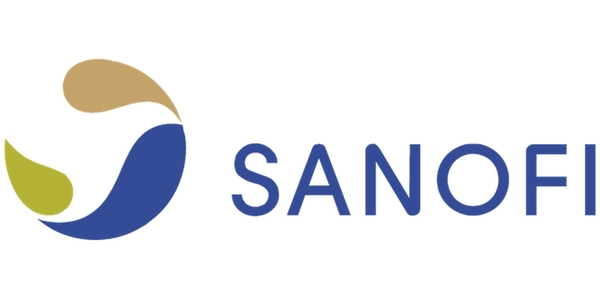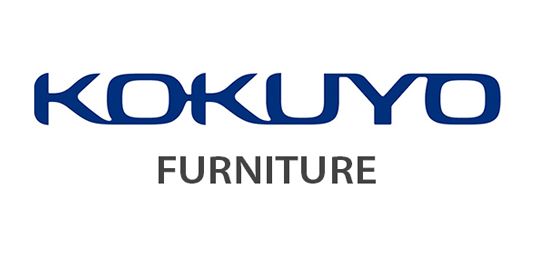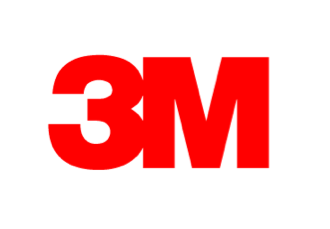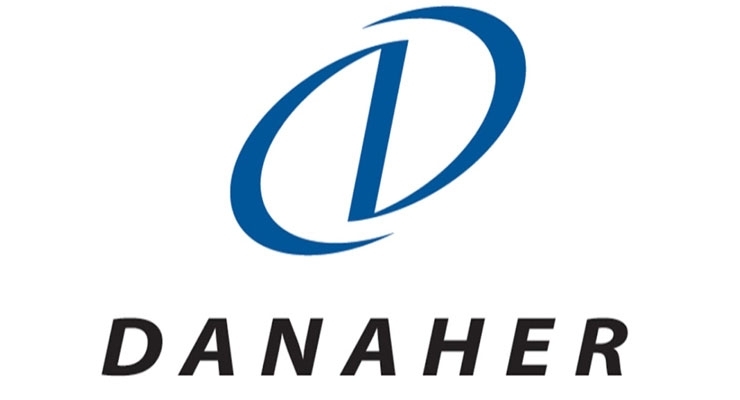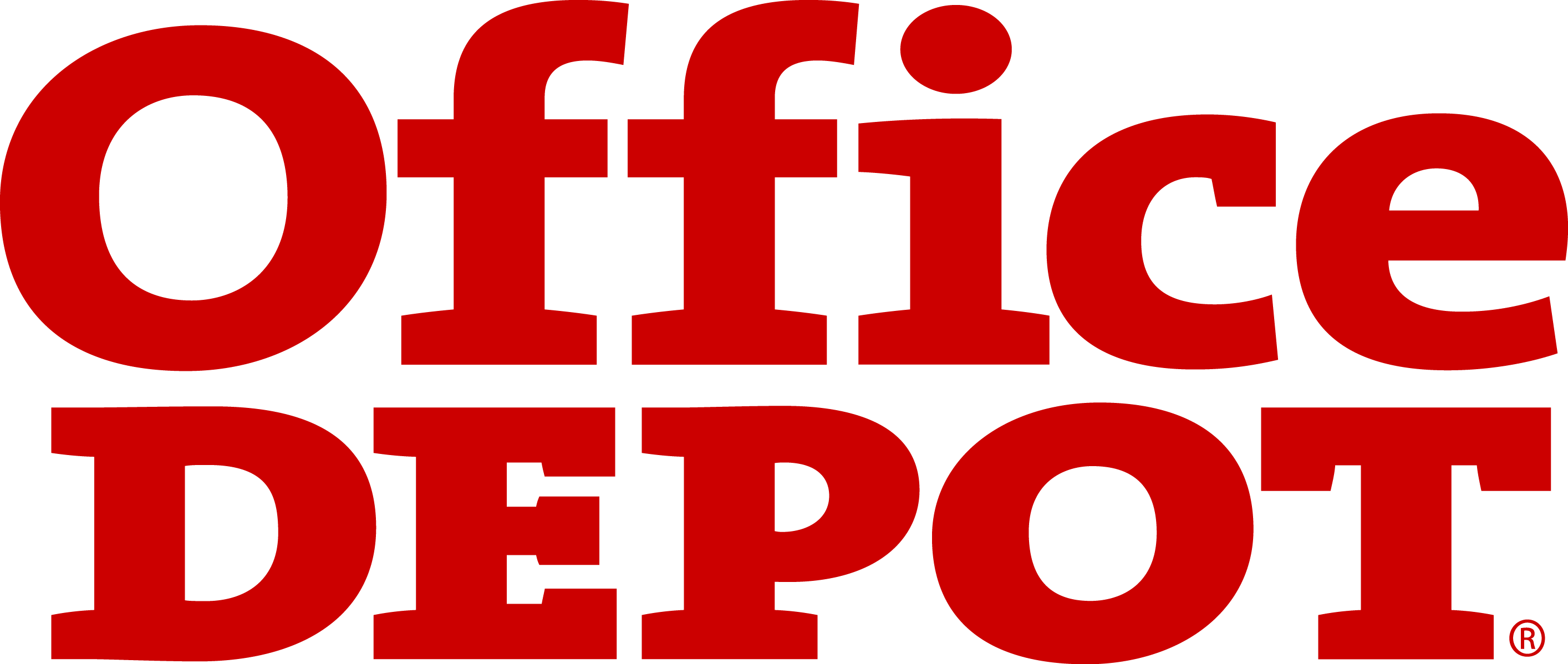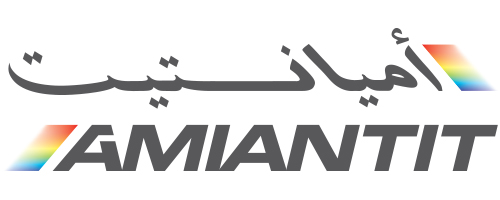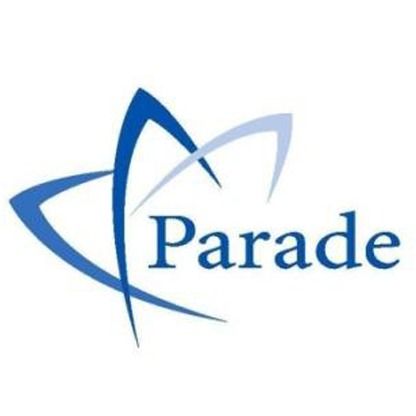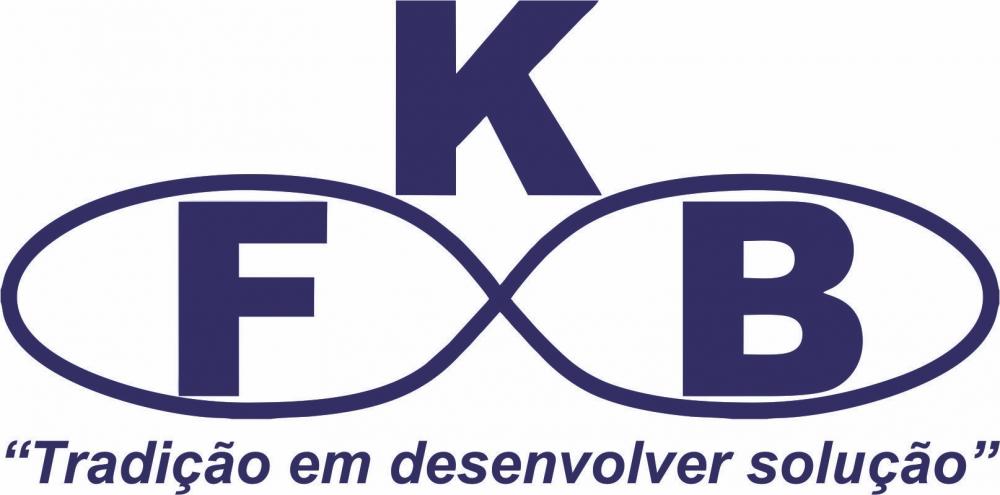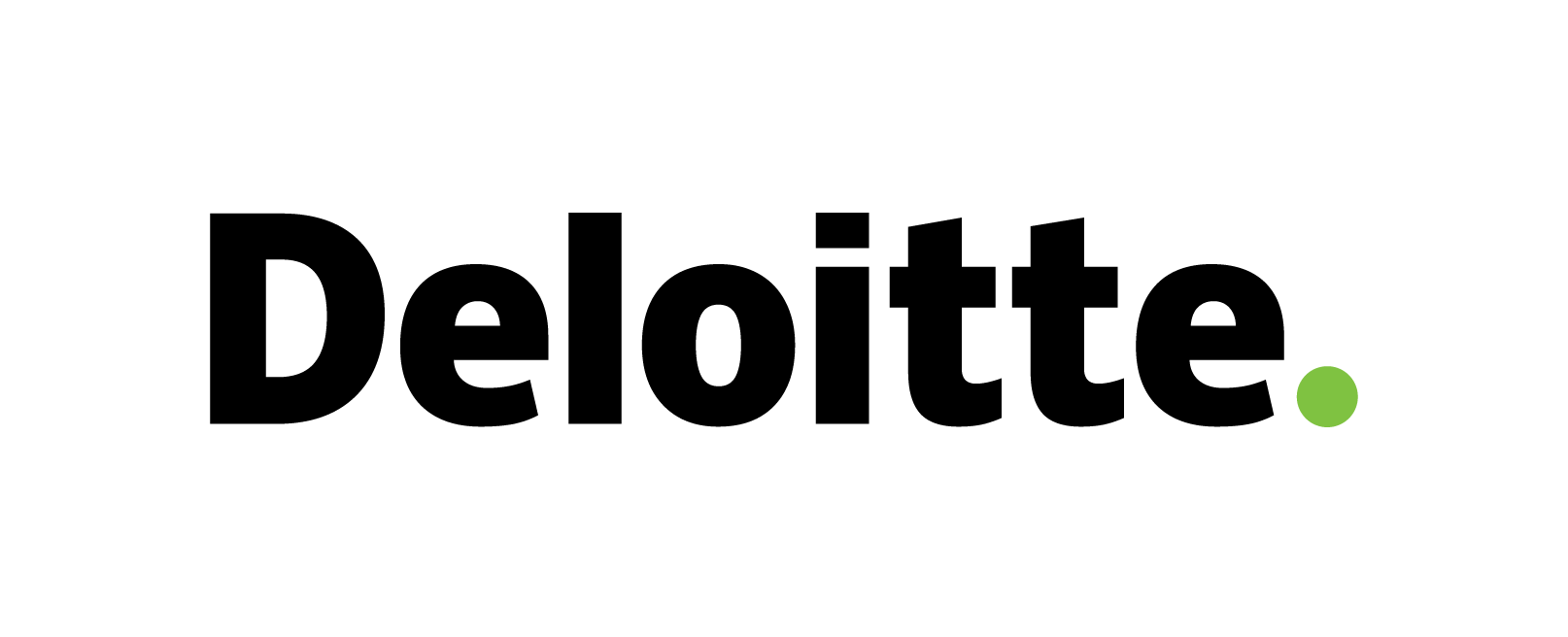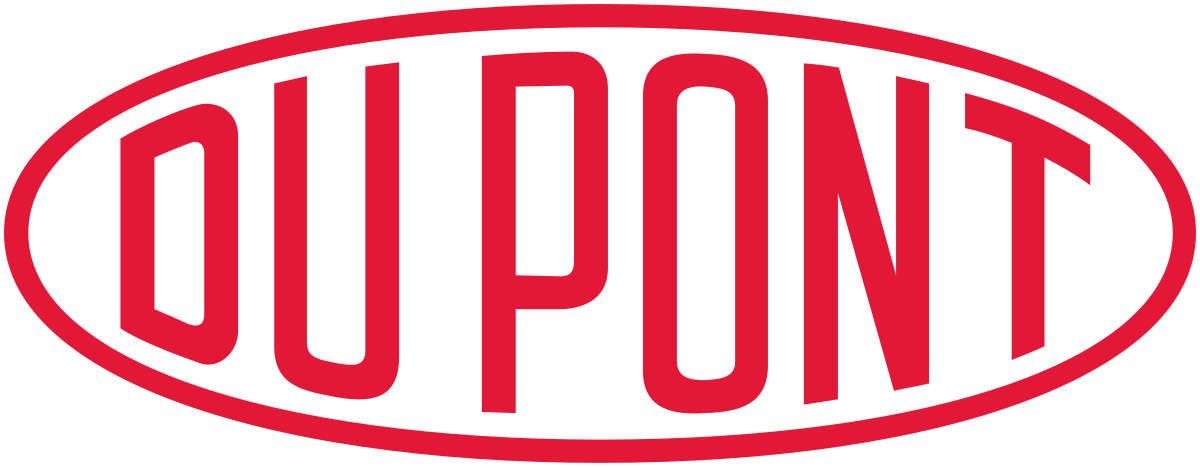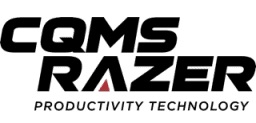Dermatology Diagnostic Devices Market By Type (Dermatoscopes, Microscopes, Imaging Devices); Dermatology Treatment Devices By Type Type (Light Therapy Devices, Lasers, Electrosurgical Equipment, Liposuction Devices, Microdermabrasion Devices, Cryotherapy Devices); By Dermatology Diagnostic Devices Application (Skin Cancer Diagnosis, Other Diagnostic Applications); Dermatology Treatment Devices By Application (Hair Removal, Skin Rejuvenation, Acne, Psoriasis, and Tattoo Removal, Wrinkle Removal and Skin Resurfacing, Body Contouring and Fat Removal, Vascular and Pigmented Lesion Removal, Warts, Skin Tags, and Weight Management, Other Treatment Applications); By Region (North America, Europe, Asia Pacific, Latin America, Middle East & Africa) - Global Market Analysis, Trends, Opportunity and Forecast, 2023-2032
Dermatology Diagnostic Devices Market Overview
Global dermatology diagnostic devices market witnessed a market value of USD 12.9 billion in 2022 and is estimated to reach USD 39.8 billion in 2032, registering a compound annual growth rate (CAGR) of 12% between 2023 and 2032. In diagnosing and treating skin disorders, dermatology devices assist dermatologists and surgeons. They increase dermatologists' accuracy levels while analyzing a particular type of skin disorder and are used by medical care establishments such as hospitals, dermatology clinics, physician offices, and academic research institutes.
Dermatology Diagnostic Devices Market Drivers
Cases of skin cancer has been rising across the globe over the years. Skin cancer accounted for 4.6% of all new cancer cases in the United States. Thus, the competition has increased among manufacturers and aided the growth of the market. There is increased demand for aesthetic surgeries such as hyperpigmentation, hair removal, acne, psoriasis, tattoo removal, wrinkle removal, skin resurfacing, and pigmented lesions others. More extended wavelength lasers and improved configurations have increased the range of beauty treatments. Thus, making the aesthetic industry a lucrative one. This has pushed the market for dermatology treatment devices.
The dermatology devices market is anticipated to reach 14.57 billion USD by 2027. Further, the market is anticipated to witness a growth of 12.9% during forecast period. These devices help dermatologists and surgeons diagnose and treat skin disorders and are used by healthcare providers such as hospitals, dermatology clinics, physician offices, and academic research institutes. The dermatology devices market based on type is segmented into dermatoscopes, microscopes, and imaging devices. The segment for imaging devices is expected to account for the largest market share. This share can be attributed to technological advancements and increasing awareness of aesthetic procedures. The light therapy devices segment is projected to account for the largest market share due to technological advances and skin diseases' rising incidence.
Dermatology Diagnostic Devices Market Regional Analysis
The global dermatology market based on region is segmented into North America, Europe, Asia, Latin America and Middle East & Africa. It is dominated by North America, followed by Europe, Asia, and the Rest of the World. Asia is expected to witness the highest growth rate, and this growth of the market is focused in Japan, China, and India. The development of the market in this region is driven primarily by rising skin diseases, increasing healthcare expenditure, and increasing awareness regarding aesthetic procedures.
One of the essential applications of dermatology is the diagnosis of skin cancer. Skin cancer represents 4.6% of all new cancer cases in the United States, and it is projected that there will be an alarming number of melanoma cases. Thus, it is the largest and the fastest-growing application segment in the dermatology diagnostic devices market. The rising number of skin disorders and increased awareness regarding aesthetic procedures are further propelling the market's growth. Dermatologists use lasers and light-based sources to remove unwanted hair safely and effectively with low patient discomfort and minimal complications as compared to other methods.
An intense pulsating light is used in laser devices to remove unwanted hairs. The most common mechanism is Intense Pulse Light, where diode laser and ruby lasers are used for hair removal procedures. The U.S. consumers spent over USD 11 billion on various cosmetic procedures, out of which 367 million USD was spent on processes such as laser hair removal. To diminish imperfections on the skin, skin rejuvenation is used, reducing the effects of aging, sunburn, and other skin disorders. Some of the commonly used laser and light techniques for skin rejuvenation are non-ablative laser rejuvenation, intense pulsed light (IPL), photodynamic therapy (PDT), fractional laser rejuvenation, and ablative laser resurfacing.
Dermatology Diagnostic Devices Market Key Players
The key market players are:
- Alma Lasers, Ltd. (Israel),
- Cutera, Inc. (U.S.),
- Cynosure, Inc. (U.S.),
- Lumenis, Ltd. (Israel)
- Valeant Pharmaceuticals (Canada)
- DINO-LITE EUROPE/IDCP B.V.
Dermatology Diagnostic Devices Market Segmentation
Dermatology Diagnostic Devices by Type
- Dermatoscopes
- Microscopes
- Imaging Devices
Dermatology Treatment Devices by Type
- Light Therapy Devices
- Lasers
- Electrosurgical Equipment
- Liposuction Devices
- Microdermabrasion Devices
- Cryotherapy Devices
Dermatology Diagnostic Devices by Application
- Skin Cancer Diagnosis
- Other Diagnostic Applications
Dermatology Treatment Devices by Application
- Hair Removal
- Skin Rejuvenation
- Acne, Psoriasis, and Tattoo Removal
- Wrinkle Removal and Skin Resurfacing
- Body Contouring and Fat Removal
- Vascular and Pigmented Lesion Removal
- Warts, Skin Tags, and Weight Management
- Other Treatment Applications
Dermatology Devices Market by Region
- North America (The U.S. and Canada)
- Europe (U.K., Germany, France, Italy, Spain, Russia, Poland, Turkey, Switzerland, and Rest of Europe)
- Asia Pacific (Japan, China, India, Australia, South Korea, Vietnam, Philippines, Malaysia, Indonesia, Thailand, and Rest of Asia Pacific)
- Latin America (Brazil, Mexico, Columbia, Argentina, Chile, and Rest of Latin America)
- Middle East & Africa (South Africa, Saudi Arabia, UAE, Oman, Egypt, and Rest of Middle East & Africa)

Need Customized Report for Your Business ?
Utilize the Power of Customized Research Aligned with Your Business Goals
Request for Customized Report- Quick Contact -
- ISO Certified Logo -
